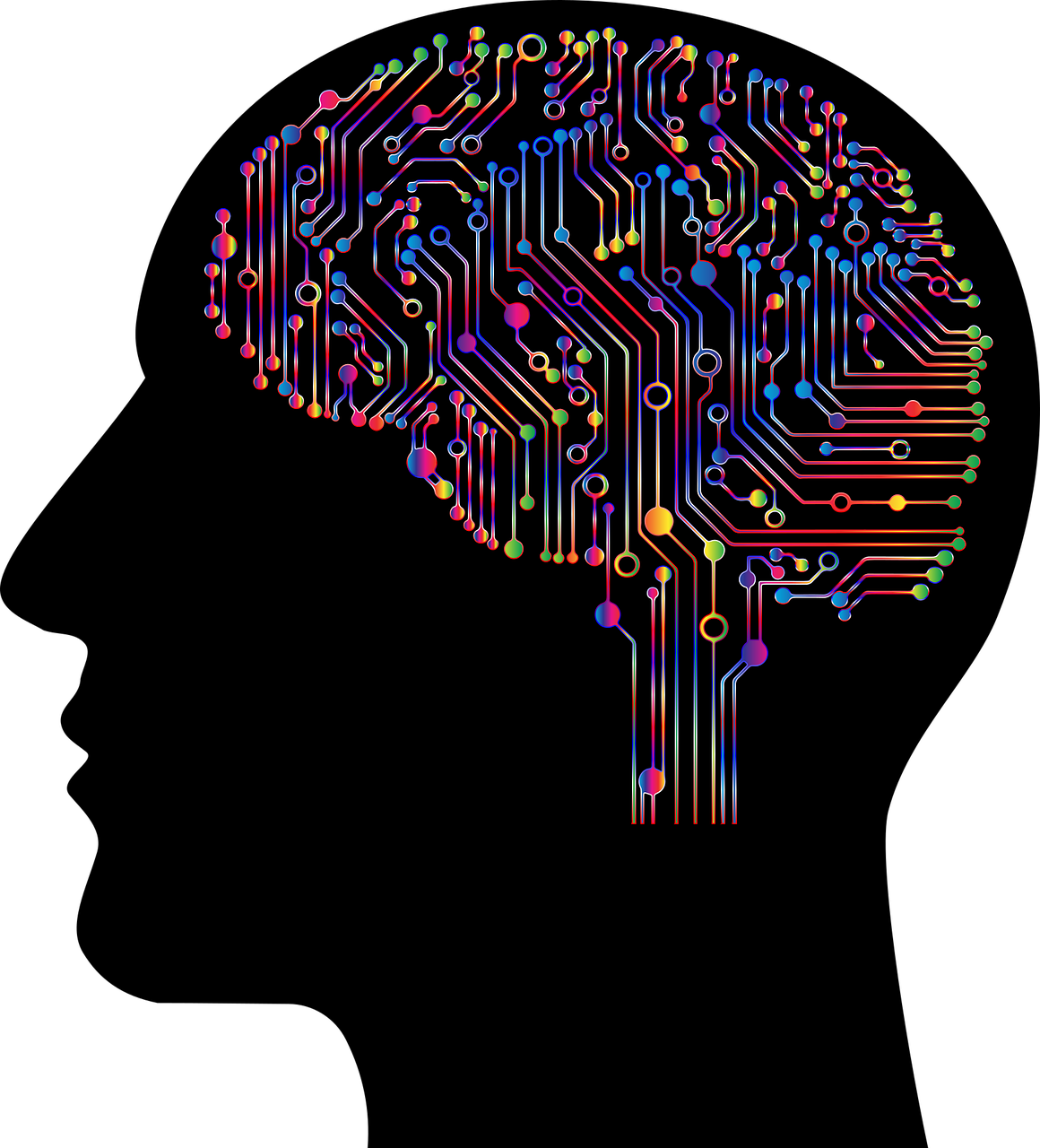Deep learning is a type of artificial intelligence (AI) that uses artificial neural networks to model and solve complex problems. It's like teaching a child to recognize objects, sounds, and patterns.
Think of the human brain as a neural network. Our brains process vast amounts of information every day, using a series of interconnected neurons to make sense of the world around us. Just like our brains, deep learning networks are made up of many small nodes, or artificial neurons, that work together to process information.
These neurons are connected to each other, forming layers that allow information to flow from one neuron to another. Each connection has a weight, which determines how important that connection is in determining the final output. As a deep learning network processes information, it adjusts the weights of these connections to improve its ability to solve a problem.
This process of adjusting the connections is known as training the network. And just like a child learning to recognize objects, the more data the deep learning network is exposed to, the better it becomes at solving problems.




Comments
Post a Comment